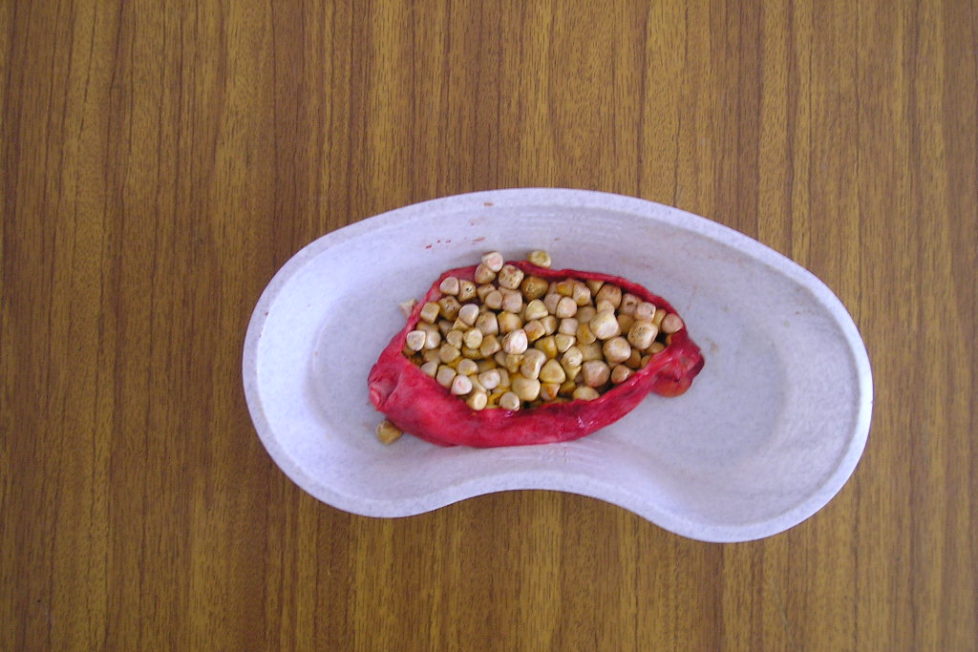Some Myths and Facts About Gallstone Treatment


Sometimes after having a fatty diet for too long, your body does not know how to react and starts creating solid particles in your gallbladder.
These particles can be the result of too much cholesterol or bilirubin. These solid particles are very common, and sometimes they are not even detected by the patient.
When symptoms appear, they might indicate a severe progression of the condition.
In general, these stones are yellow when they are made of cholesterol; this is also the most common type of gallstone, they can be up to 80% of the existing and diagnosed cases.
The second type of stones are made from bilirubin, they are usually darker than the ones of cholesterol, bilirubin is produced by the liver and that is stored in the gallbladder.
The most characteristic symptom of stones in the gallbladder is an acute pain in the right region of the epigastrium, which is medically called hepatic colic. Nausea can also accompany this symptom in some cases and some patients.
The diagnosis of biliary is made from the complete exam the doctor has to make and imaging tests such as ultrasound.
When the stones are located in the gallbladder, the most common is to proceed directly to its removal (cholecystectomy) by a surgical procedure. If on the contrary, the stones are located in the bile duct, the doctor proceeds to eliminate them through an endoscopy.
Some people prefer to remove gallstones without surgery and use meds and natural treatment to dissolve them and eliminate them naturally and without having to undergo surgery.
They are often called gallstone attacks because they occur suddenly and the person can feel a strong and permanent pain in the upper part of the abdomen that increases rapidly and lasts between 30 minutes and several hours.
Pain can also appear in the back between the shoulder blades or the right shoulder, as some patients have reported.
In some cases, pain can be very severe and make the person feel sick, with nausea or vomit. Gallstone attacks often occur after consuming fatty foods and may occur at night.
Other symptoms may include abdominal distension, recurrent intolerance of fatty foods, colic, flatulence, and indigestion.
However, most people with gallstones do not know they have them and do not experience any symptoms. These patients are said to be asymptomatic, and these stones are called “silent stones.”
These types of stones do not interfere with the gallbladder, liver or pancreas function and do not need treatment.
Some people believe that drinking a liter of apple juice a day will dissolve gallstones and no other treatment will be needed.
The fact is that pectin, which is contained in apples, may soften the gallstones and help eliminate them naturally through your gallbladder.
the second myth related to this condition is the one of going vegan to avoid or to eliminate the stones produced by the accumulation of cholesterol or bile.
The fact is that this diet may help to have a healthier liver and a healthier gallbladder in general, but vegan diets can also be fatty. Besides, if stones are already developed, it is more difficult to eliminate them by just going vegan.
some patients prefer to take the more direct path and undergo surgery to remove the gallbladder.
It is true that stones will not be a problem there now since they will not have a place to be formed and stored, but if the diet of this person continues the mechanism that set in motion the creation of the stones will continue to exist and may start damaging other parts of the body.
It seems to be very clear that gallstones are not going to dissolve just from one day to another; it takes time, a strict diet and the intake of some specific beverages and medicines.
Treatment can be natural or medical; in some cases, it would be necessary to use some more invasive procedures.
The most important thing is to go to the doctor as soon as some inconvenient is felt, in order to be diagnosed on time.
